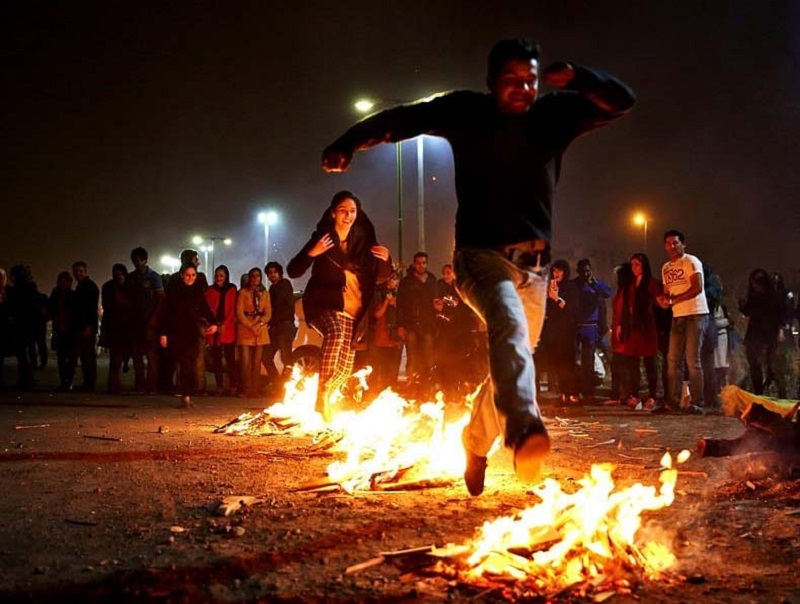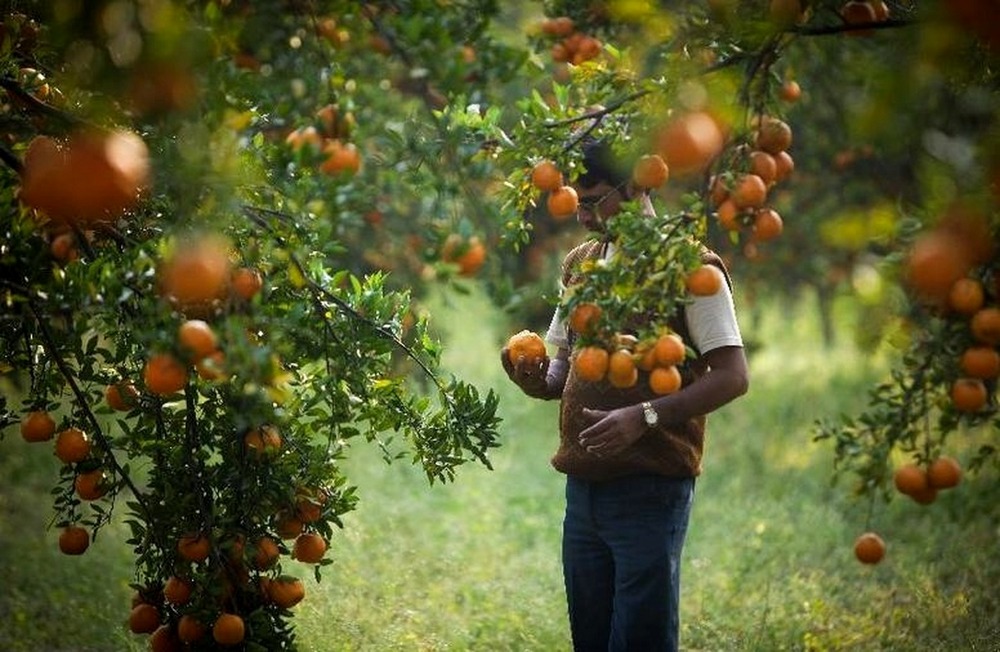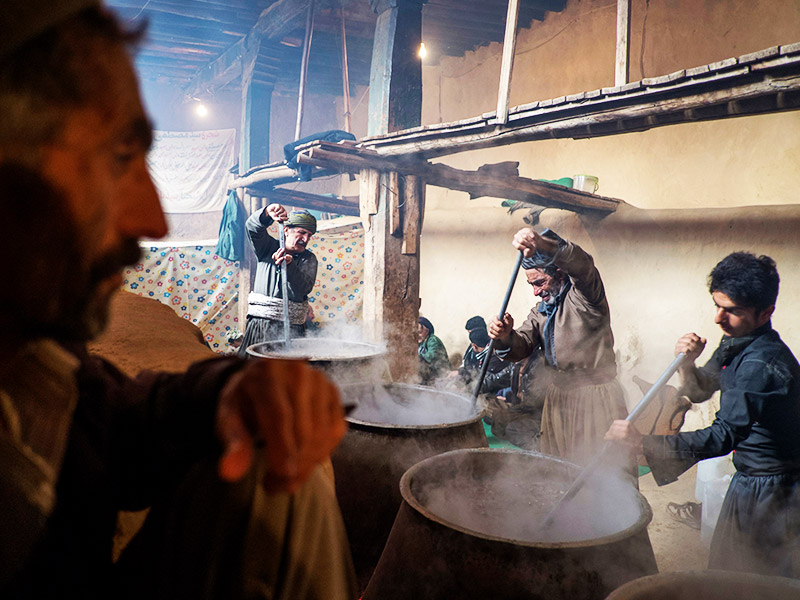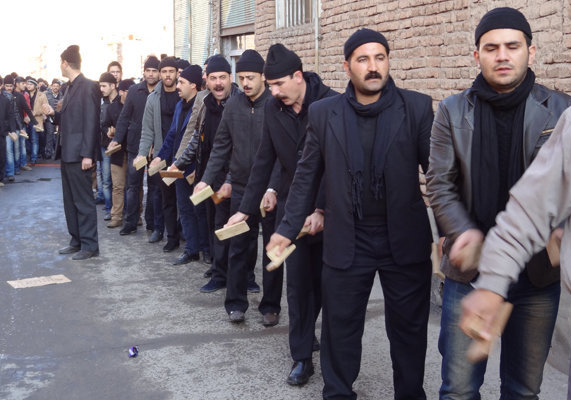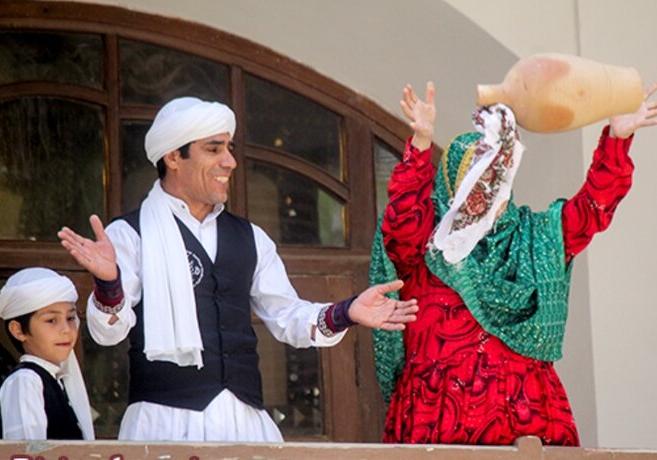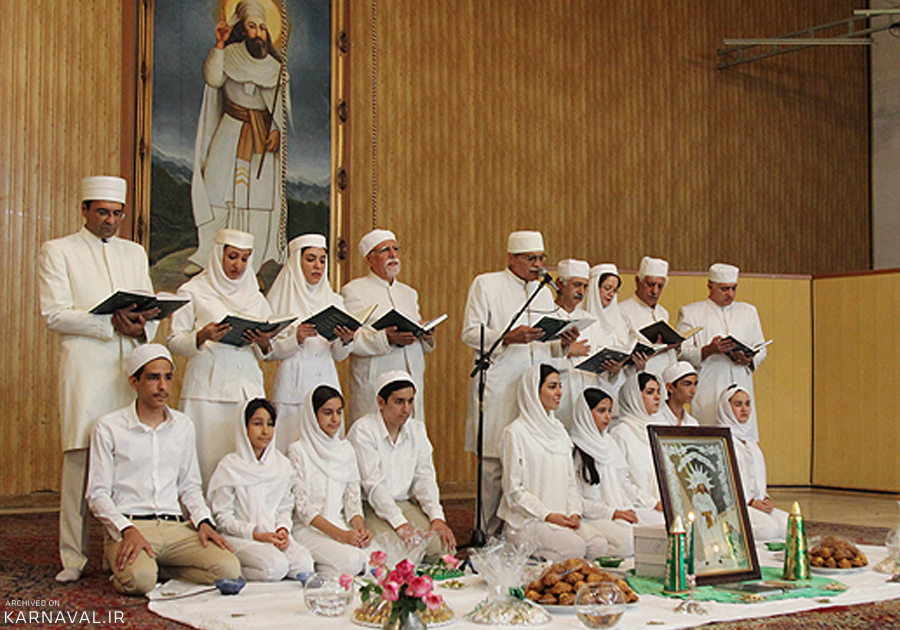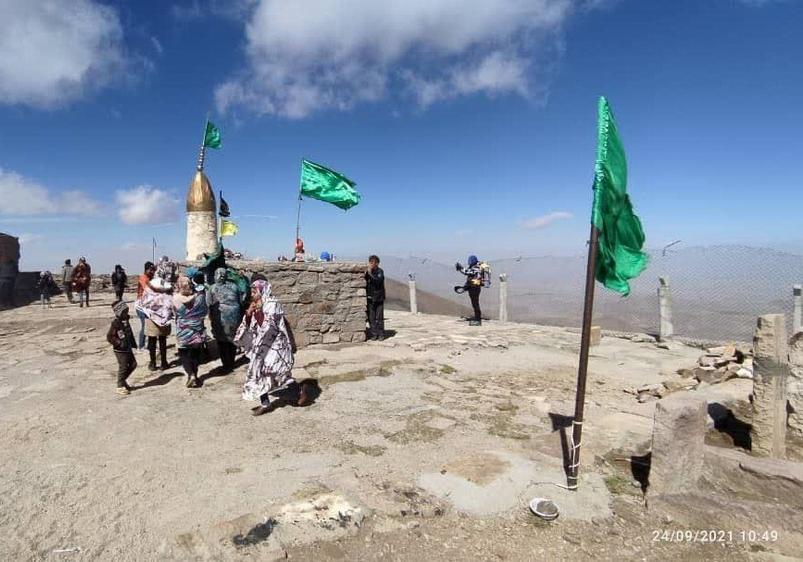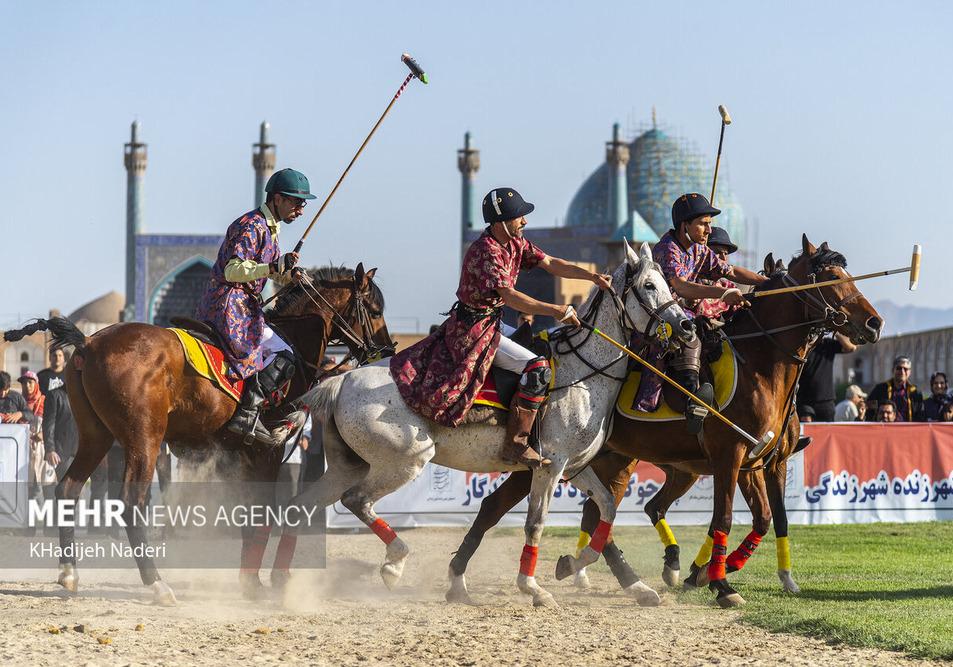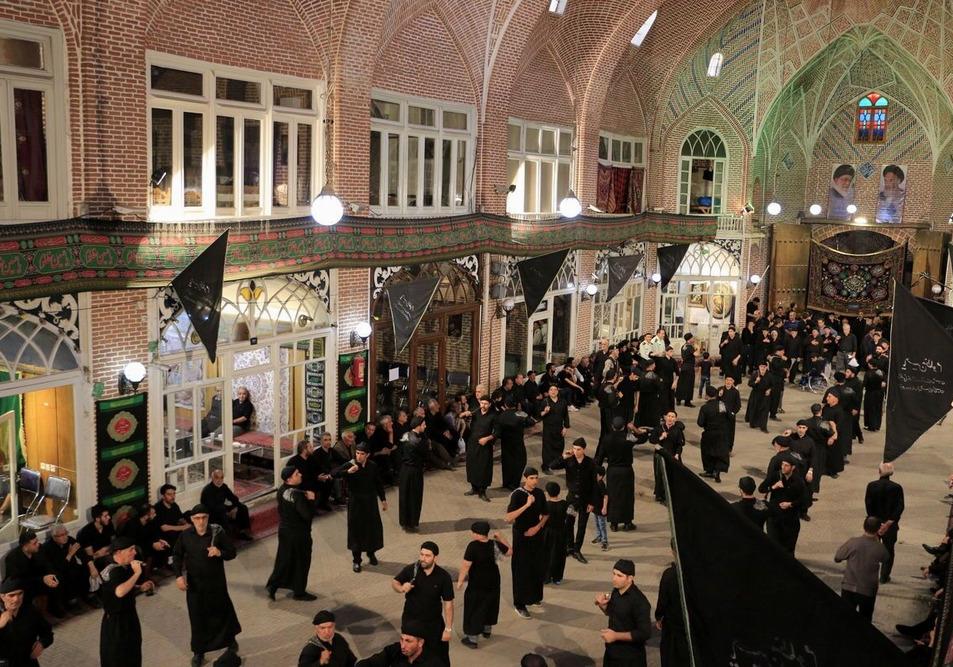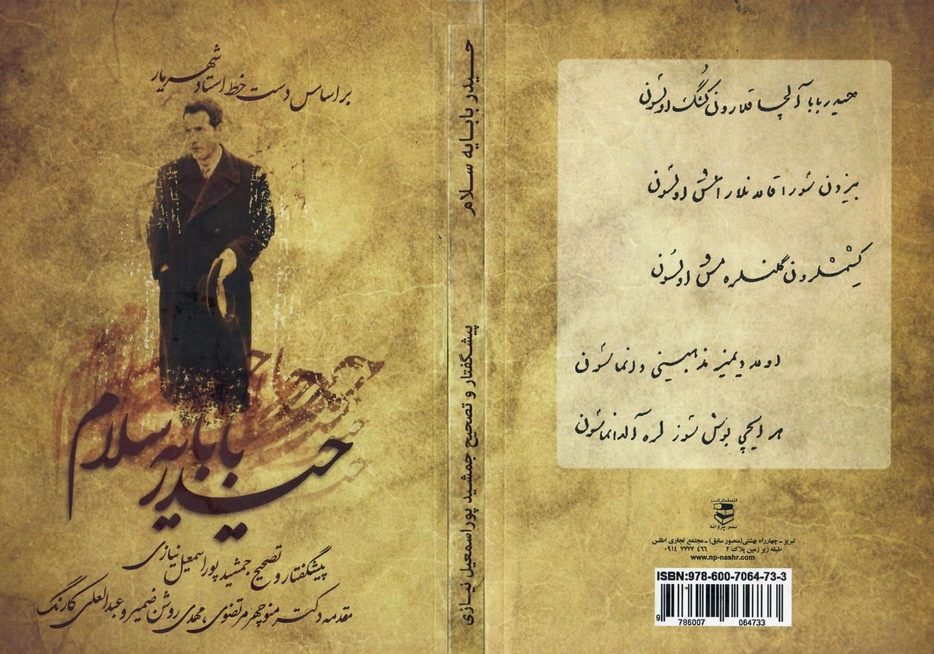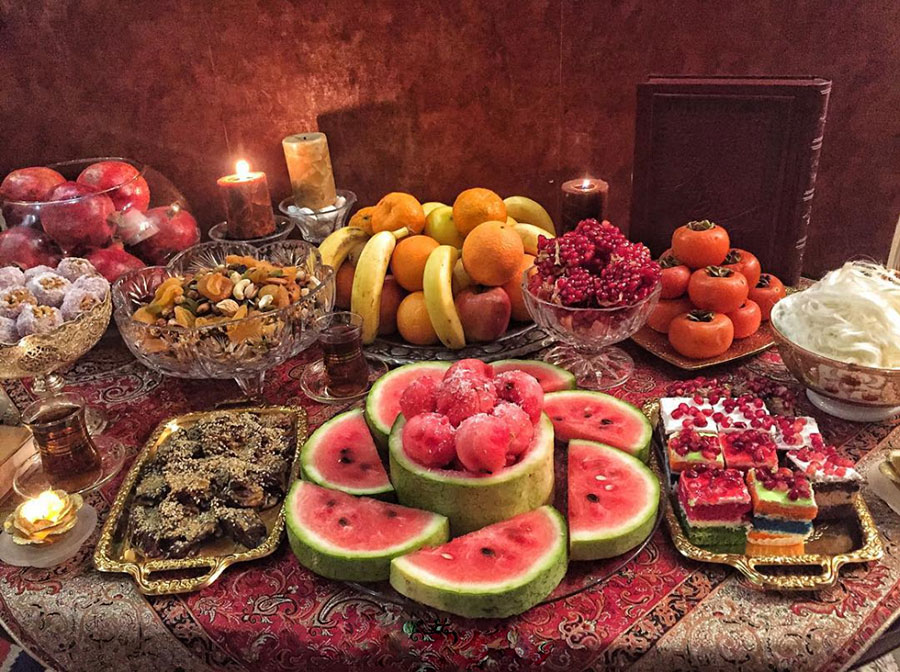
Ramadan in Yazd
Ramadan has a special place in the lives of Muslims around the world. Throughout the Islamic world, Muslims fast in this month and perform the recommended rituals. In the historical city of Yazd, certain rituals have been formed among the people, which has made the month of Ramadan very interesting and culturally rich in this region.
How Is Ramadan Welcomed in Yazd?
Approaching the month of Ramadan, besides thoroughly cleaning the mosques, the people of Yazid also have certain other customs that make receiving this month different from other parts of the country. One of these customs is the “Kolukh Andazon” ritual. On the last days of the month of Sha’ban, Yazidis go to nature and spread happiness. They prepare colorful tables and rejoice for the arrival of the holy month. The most famous food on the day of Kolukh Andazon is “Aush” or “Sholi”; although it is also customary to cook other dishes such as aush-e khamir, aush-e kashk, rice halva, sholezard, and Yazdi faloodeh on this day. The reason for naming this day “Kolukh Andazon” is a custom that was performed in the past in the sense that at the end of this day, people used to throw small clumps of mud at each other as a sign of happiness and fun.
One of the rituals of welcoming Ramadan in Yazd is searching for the moon on the eve of this month. In this ritual, people gather on the rooftops of houses and mosques to look for the moon. Despite the existing advanced observational technique for seeing the moon, this custom continues to be practiced. In the past, if the weather was cloudy or the moon could not be seen in the city, people would send messengers to nearby villages and towns to look for the moon and inform them of the results of their observations.
Mulla Kazem’s Lamp
During the month of Ramadan, Muslims must avoid eating and drinking from dawn to dusk. In the past, when there was no means of mass communication among the people to inform them about the time of morning and evening “azaan” (call to prayers) some people called “muazzin” were responsible for informing the people about it. For this purpose, these people would light a lamp on high places and minarets of mosques so that by seeing its light people would know that they were nearing the time of azaan. This light would be turned off once the azaan would start. One of the most famous of these lamps in Yazd was “Mulla Kazem’s Lamp”; lit by Mulla Kazim who was a khadem (one who serves voluntarily) of the Jame’ Mosque of Yazd.
Sahar Khani
Sometimes, a few people from the neighborhood would inform others about dawn by going around the streets, reciting poems, and knocking on the house doors, to wake them up to have their sahari and get ready for fasting the day. Some of these people knew the time of dawn by knowing the position of the stars and comparing their positions. Knowing that roosters crow three times in the night, some families considered rooster crowing as the best sign of approaching the dawn.
Khatm al-Qur’an (Recitation of the Holy Qur’an from the Beginning to the End
One of the customs of Ramadan in Yazd is holding public meetings of reciting the Holy Qur’an. In these meetings, the participants take turns reading a few pages of the Qur’an until one part (Juz’) of it is finished. Finally, during the 30 nights of the month of Ramadan, 30 parts of the Qur’an will be completed and the so-called “Khatm al-Qur’an” will take place. The people of Yazd believe that whoever recites Surah Al-Ikhlas (Tawheed) on the last night of reciting the Qur’an his/her life will be filled with goodness and blessings in the coming year.
Nakhl Gardani
Nakhl Gardani is a ritual that the people Yazd perform as a symbolic funeral for Imam Husain (AS). In this ceremony, a chamber made entirely of wood as the symbol of the coffin of Imam Husain (AS) is carried around by the mourners. A similar custom is also performed on the 21st of Ramadan, which coincides with the martyrdom of the Commander of the Faithful, Imam Ali (AS).
Rozeh-ye Qanbar
On the 19th to 27th nights of Ramadan, Yazdi women hold a Rozeh Khani program called “Rozeh-ye Qanbar” to commemorate the martyrdom of the Commander of the Faithful, Imam Ali (AS). In these programs, which are attributed to the name Qanbar, a very faithful servant of Imam Ali, women give a nazri (offering) in the hope that their problems will be resolved. A dervish-like person, wearing a white dress and hat, plays the role of Qanbar and performs something similar to Ta’ziya. Women also mourn eulogizing.
The Shirt of Healing
On the 24th day of Ramadan, the people of Yazd stitch a shirt with the intention of healing the sick. According to them, any person with a difficult-to-cure disease who wears this shirt will be healed.
The Ceremony Held on the 27th Night Of Ramadan
The twenty-seventh night of Ramadan, on which the Commander of the Faithful, Imam Ali (AS), the first Shia imam, was avenged, is considered a blessed night and celebrated by the people of Yazd. According to them, holding a marriage ceremony on this night is auspicious. On this night, the newlywed men give gifts to their wives.
A special bread is baked on the night of the 27th, which is called “Naan-e Morad” (lit. the bread that fulfills wishes).
Customs Observed on Eid al-Fitr
Besides performing the special prayer of this day, the people of Yazd visit the graves of their deceased and distribute sweets and food. They also visit their elders on the day of Eid al-Fitr.
| Name | Ramadan in Yazd |
| Country | Iran |
| State | Yazd |
| City | Yazd |
| Type | Religious |
| Registration | No registration |
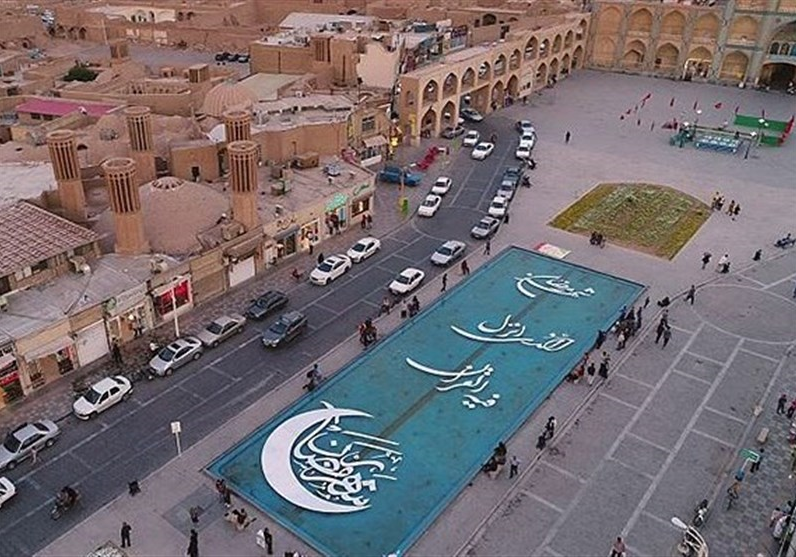

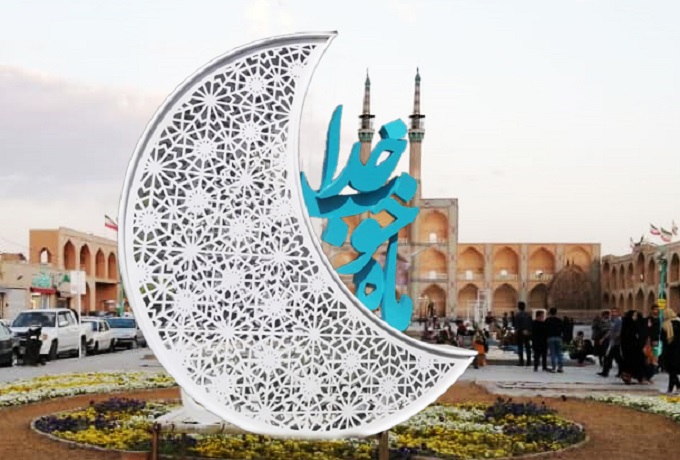



Choose blindless
Red blindless Green blindless Blue blindless Red hard to see Green hard to see Blue hard to see Monochrome Special MonochromeFont size change:
Change word spacing:
Change line height:
Change mouse type:

